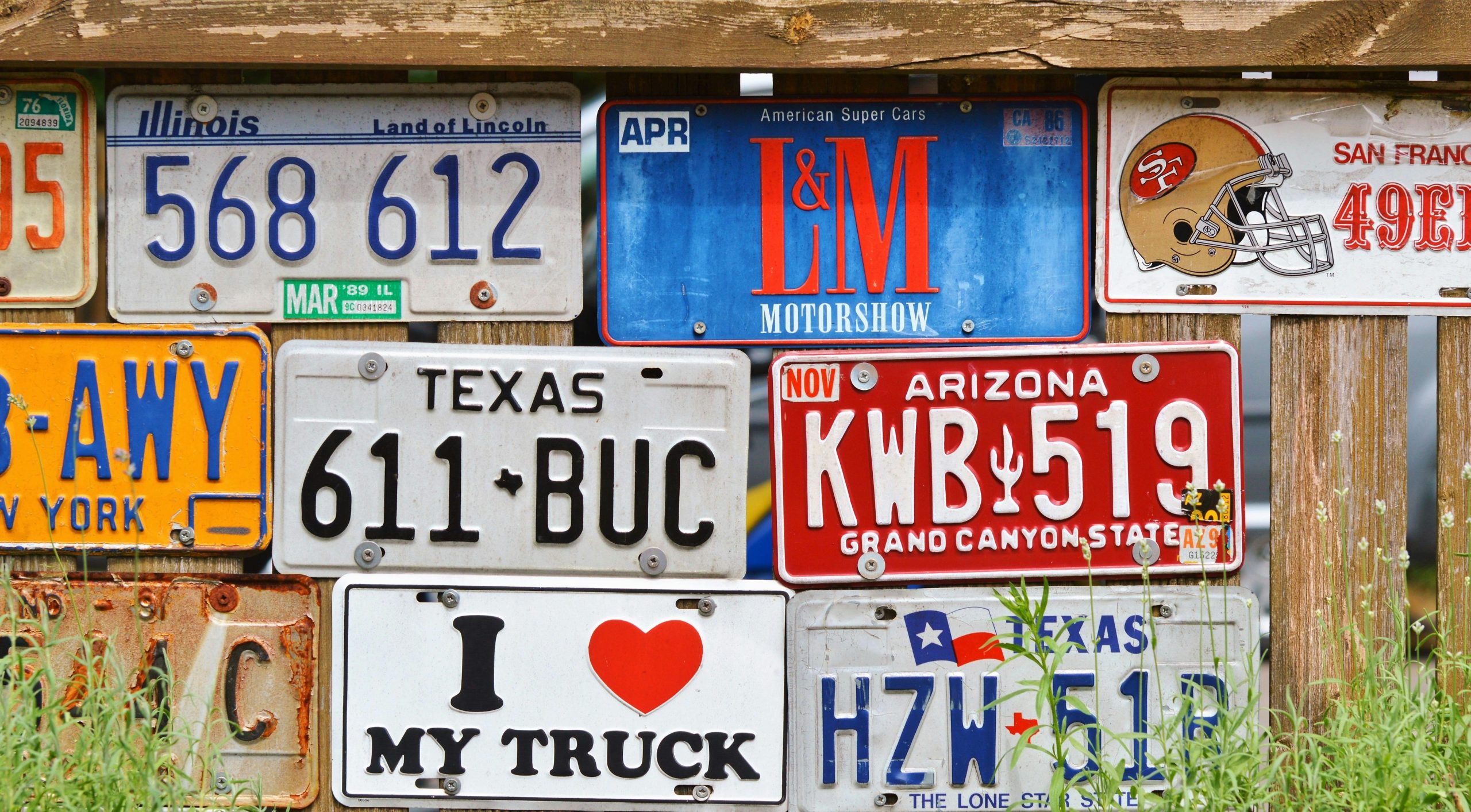Does car insurance cover the driver or the vehicle, or does it vary?
Here’s the situation: My wife needed to go somewhere while her car is in the shop, and I was at work. I suggested she use one of her parents’ three vehicles, but she mentioned that she’s not insured to drive their cars. This confused me because I always thought that as long as I have insurance, I could drive any car with the owner’s permission. What’s the deal with how car insurance works?




Car insurance can be a bit complicated, and whether it follows the person or the car often depends on the specifics of the policy and the laws in your state. Generally, there are a few key points to consider:
Permissive Use: Many auto insurance policies do cover permissive use, which means if you have permission from the car owner to drive their vehicle, you may be covered by their insurance or yours. However, this can vary by policy and state.
Owner’s Insurance: In many cases, the car owner’s insurance is the primary coverage. If your wife drives her parent’s car, their insurance will usually cover any incidents that occur while she’s driving it, but it’s essential for her to be added as a permitted driver on their policy or confirm coverage details.
Personal Policy: If your wife has her own insurance, it might provide some coverage, but again, this depends on her specific policy.
State Laws: The rules can vary significantly from state to state, so it’s important to check local laws and guidelines.
It’s always a good idea to double-check with your insurance provider or review the policy details to understand exactly what is covered. In your case, it might be worthwhile for your wife to discuss her situation with her parents or their insurer to clarify coverage when using their car.